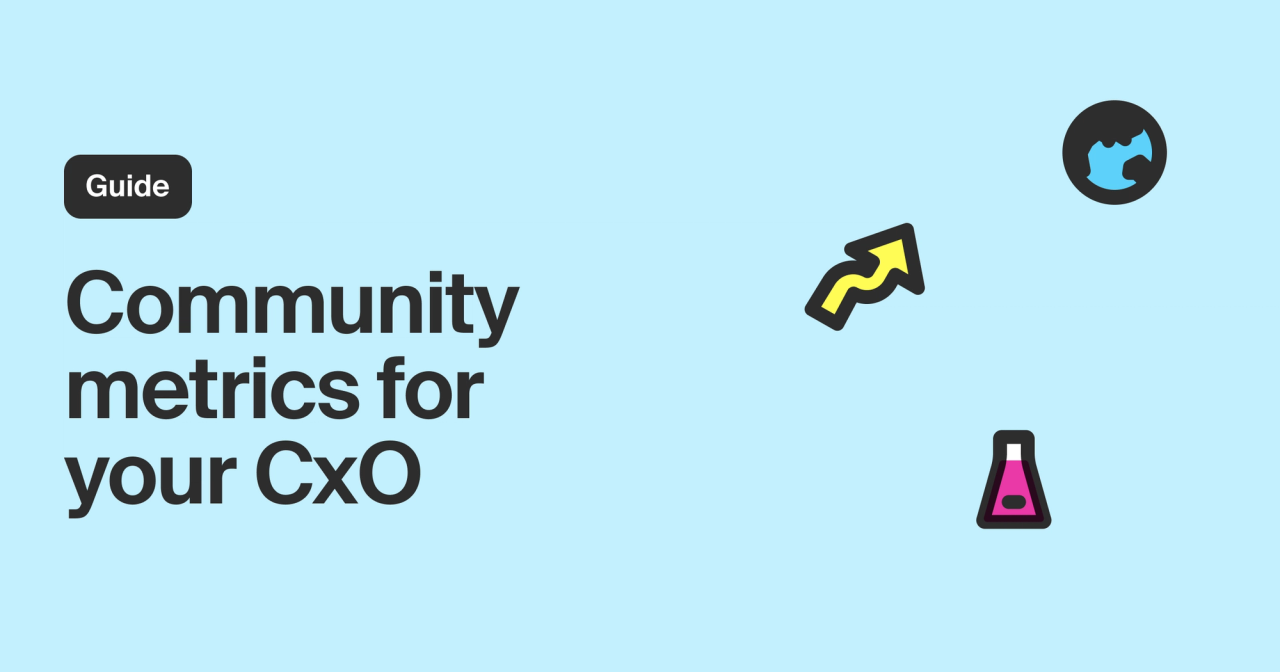As a community builder you’ve got a lot going on.
Building, supporting, and growing a community is a labor of love that requires creativity, authenticity, consistency, and persistence. You’re likely a multi-tasker and highly empathetic to the needs and sentiments of your community. Lately, you’ve also likely been hearing more about ‘community-led’ growth. With community-led growth going mainstream, you may have executives taking a new look at your work and asking questions about how it supports business growth.
If they’re not, you may have the opposite problem. Most executives know they need a community or at least recognize the fact that one exists around them even if they don’t proactively support it. At the same time, many executives don’t know how to think about community yet in the context of how to understand its value, how it affects how they’re evaluated as a leader, or what exactly the word ‘community’ actually means in terms of the business or your specific work within it. In some ways, this might help you fly under the radar and focus on your work, which can be nice, but it can also be challenging to get the budget and resources you need to effectively support your users as your community scales.
Both situations pose the same question: How do you translate the outcomes of the work you’re doing into words that your executive team recognizes and values?
We’ve previously written about the importance of empathy and bringing your organization closer to your community by speaking the language of an organization’s core functions. For example, Marketing teams care about community because it enables them to find and elevate product champions, while Product and Engineering teams can get valuable product feedback and offer a user-centric roadmap based on community input. Understanding the goals of each partner and stakeholder team helps you speak their language and empathize with what they’re trying to achieve.
Combining this knowledge with a defined set of community success KPIs will allow you to demonstrate the importance of the community to the outcomes your partner and stakeholder teams are looking to deliver, and build internal advocacy for deeper community investment.
In addition to empathizing with your executives’ goals and clearly defining KPIs, we’ve found that these four key takeaways will resonate with your Director, VP, or buying decision maker:
- The way software is purchased has changed. Gartner predicts that by 2025 80% of B2B software purchases will happen through online channels. Today, customers seek the advice of peers, trusted advisors, and relatable influencers across the community to help them make buying decisions.
- Community contributes to new business. One of our customers saw 500+ organizations engage in their community before appearing in their CRM, which resulted in $5MM+ ARR.
- Community accelerates the business. Deals close faster when customers are engaged in the community. One customer saw 72% of community-led deals close within 90 days compared to 42% of sales and marketing-led deals.
- Adjacent business metrics are better in organizations with strong communities. Retention, upsells, and product support outcomes are higher, more frequent, and more positive in organizations who actively engage with their communities.
Get more details in our free guide. You'll need to share your contact info to download it.
